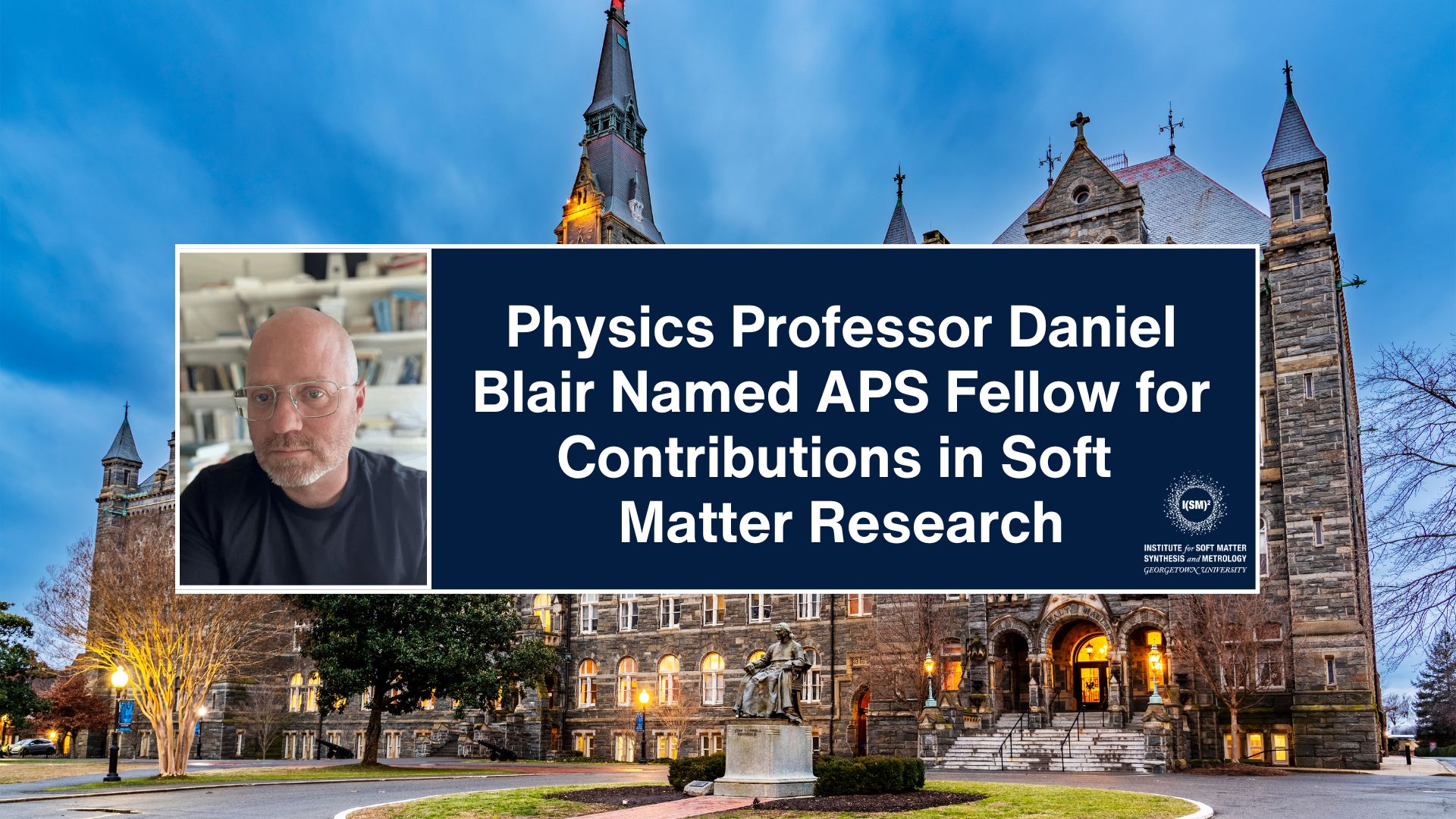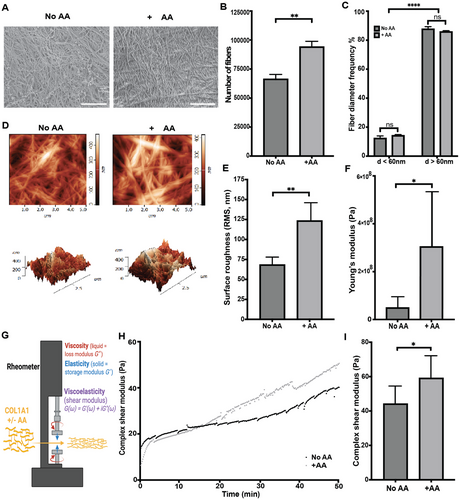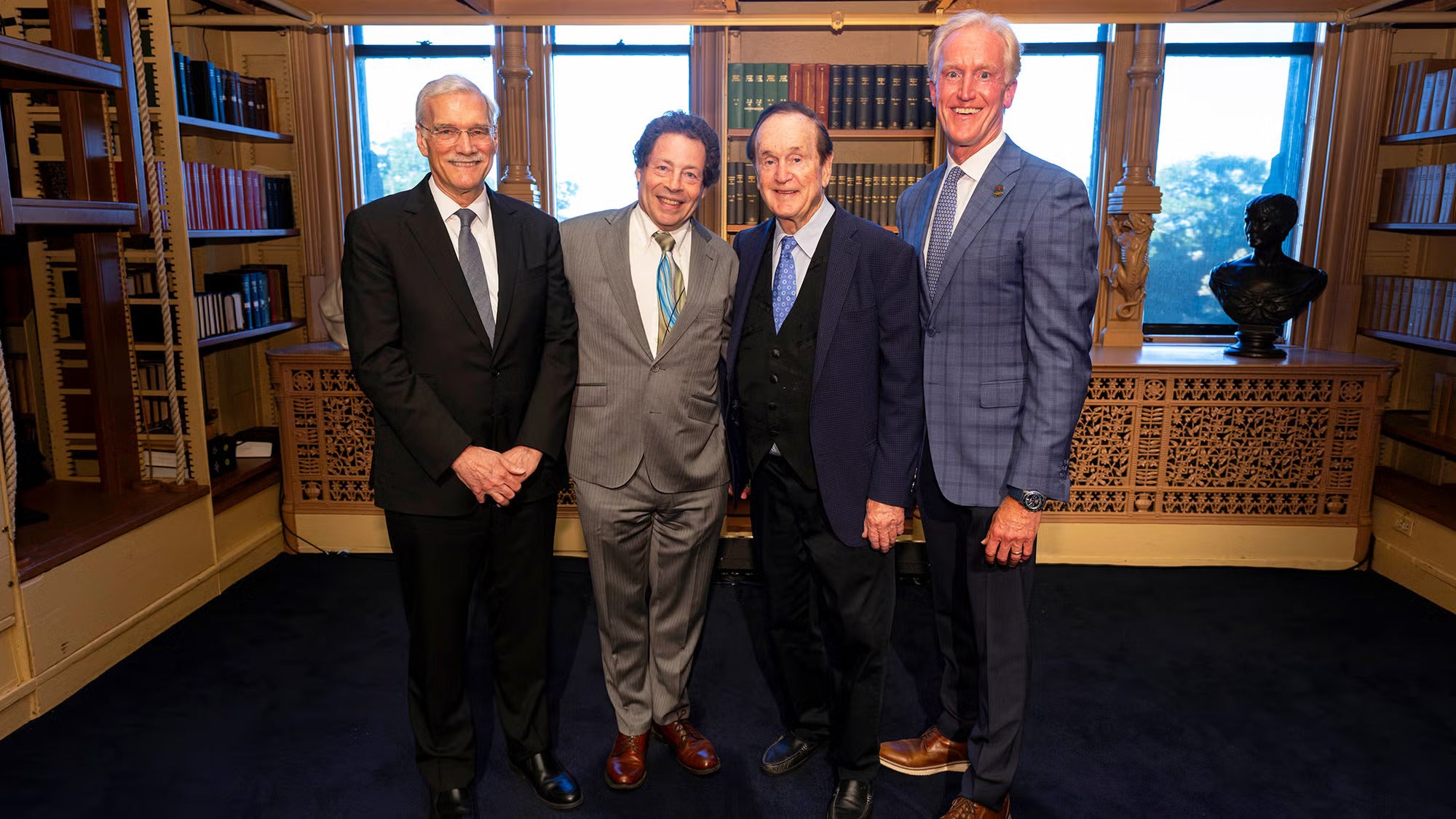Uric Acid Microspheres: Unexpected Architecture in Reptile Waste Reveals New Soft Matter Insights
December 10th, 2025
A newly published study led by ISM member Prof. Jennifer Swift and collaborators, “Uric Acid Monohydrate Nanocrystals: An Adaptable Platform for Nitrogen and Salt Management in Reptiles,” explores the surprising nanostructure of uric acid waste produced by ball pythons.…









